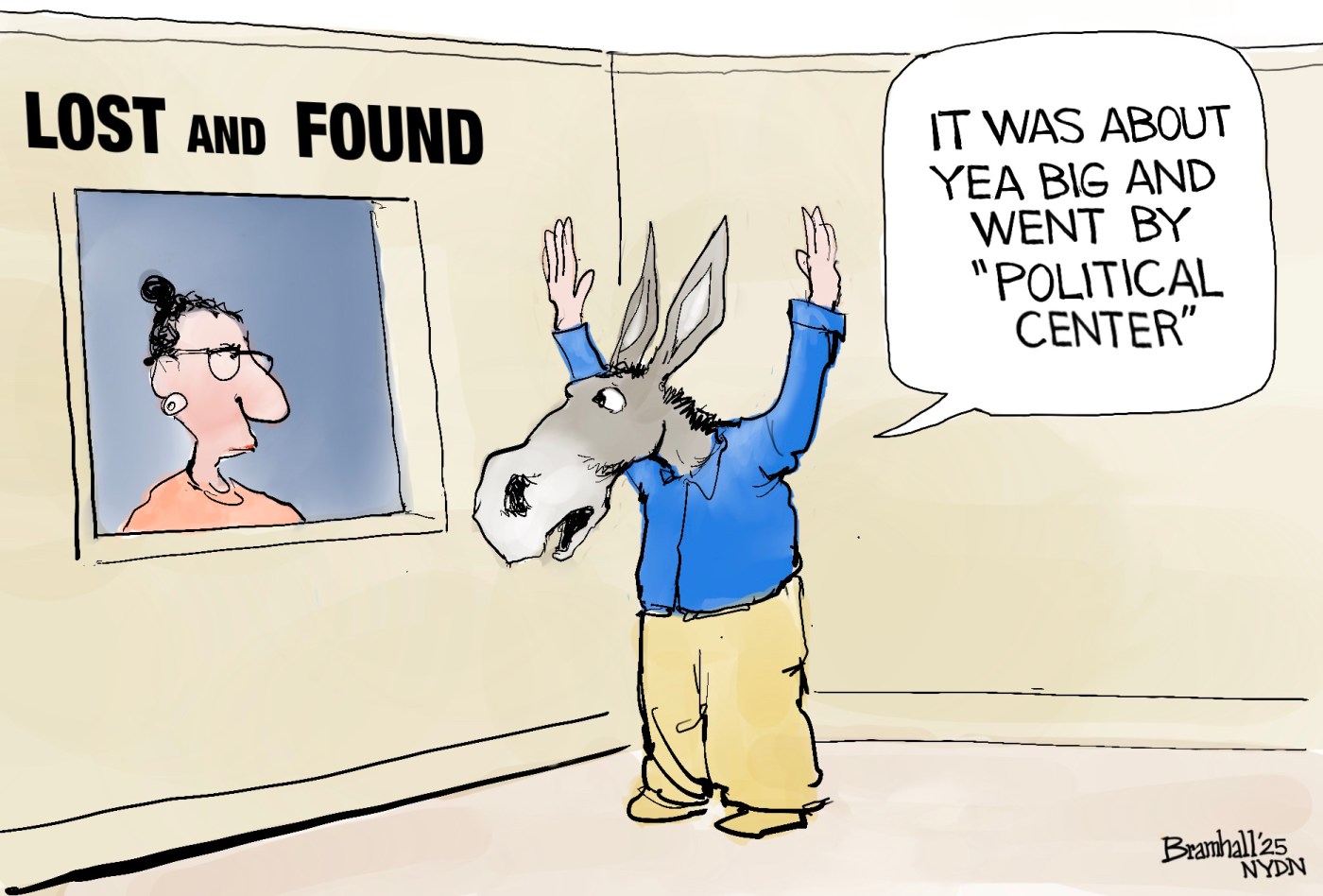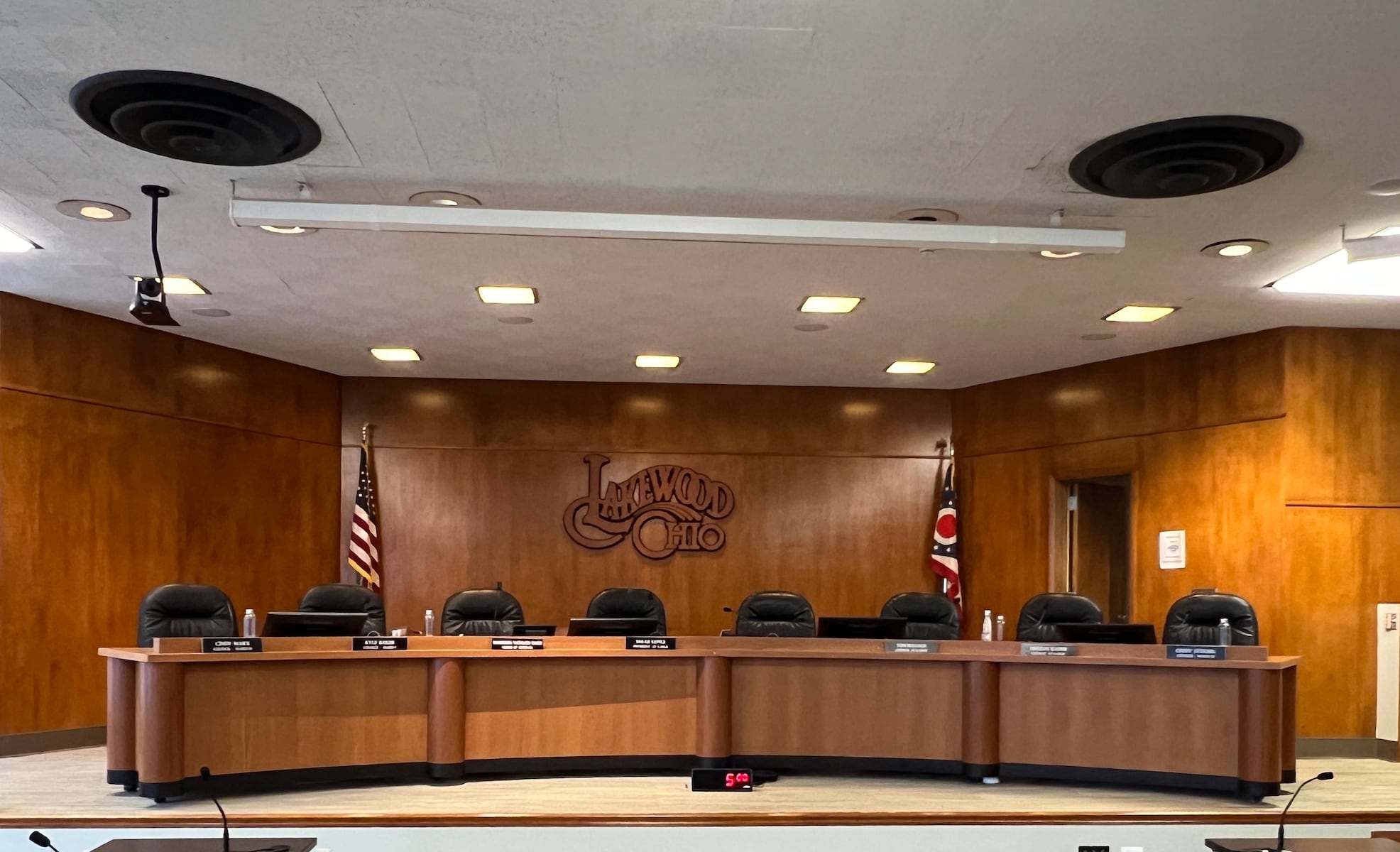The political landscape is experiencing a significant transformation as centrist voices struggle to maintain relevance. In recent years, many centrist political parties have seen dwindling support, leading to concerns among analysts about the future of moderate governance. With upcoming elections in 2024, the implications of this shift could profoundly affect policy-making and voter engagement.
Recent data from public opinion polls indicate a clear trend: voters are increasingly gravitating towards the extremes of the political spectrum. This shift is not confined to any single country; rather, it reflects a broader global phenomenon where centrist parties are losing ground to more radical ideologies. Political analysts have pointed out that this trend could hinder effective governance, as more polarized parties find it challenging to collaborate on critical issues.
Impact on Governance and Policy-Making
The diminishing influence of centrist parties raises questions about the future of bipartisan cooperation. In many regions, including Europe and North America, centrist political leaders have played crucial roles in forming coalitions and driving consensus on important legislation. As these voices fade, the potential for gridlock in government increases, complicating efforts to address pressing issues such as climate change, healthcare reform, and economic inequality.
The ongoing transformation is particularly evident in the run-up to the 2024 elections. Various centrist candidates have struggled to gain traction against more polarizing figures. For example, in the United States, the Democratic and Republican parties have increasingly embraced more extreme positions, leading to a significant decline in support for moderate candidates. In this context, centrist parties must rethink their strategies to engage a disillusioned electorate increasingly drawn to populist rhetoric.
Voter Demographics and Public Sentiment
Understanding the changing voter demographics is essential for centrist parties to regain their footing. Recent surveys indicate that younger voters, in particular, are less inclined to support traditional centrist platforms. Instead, they are more attracted to parties that promise radical change or challenge the status quo. This shift in public sentiment underscores the need for centrist parties to adapt their messaging and policies to resonate with a diverse electorate.
Moreover, the impact of social media on political discourse cannot be overlooked. The rise of online platforms has amplified extreme viewpoints while often marginalizing centrist perspectives. Political leaders must navigate this new terrain carefully, using digital tools to connect with voters and articulate their visions effectively.
As the political center continues to lose ground, the ramifications for future elections and governance are profound. Centrist parties face an urgent need to redefine their roles in a rapidly evolving political landscape. Without decisive action, they risk becoming relics of a bygone era, leaving a vacuum that could be filled by more extreme ideologies with far-reaching consequences for society.







